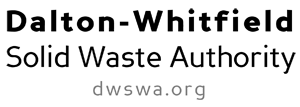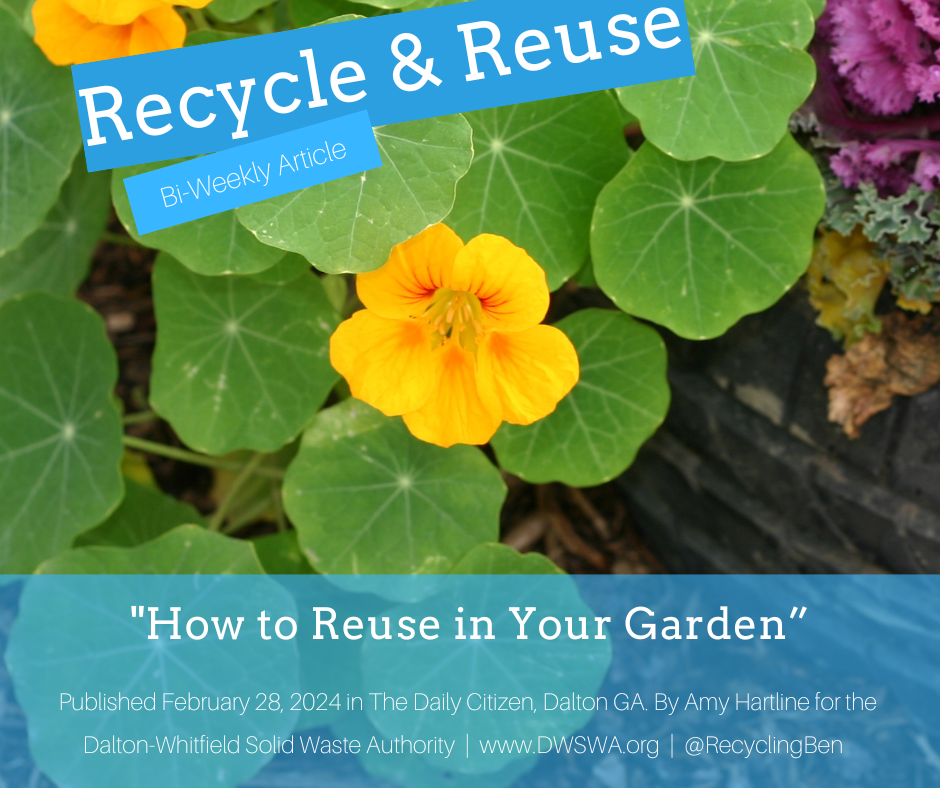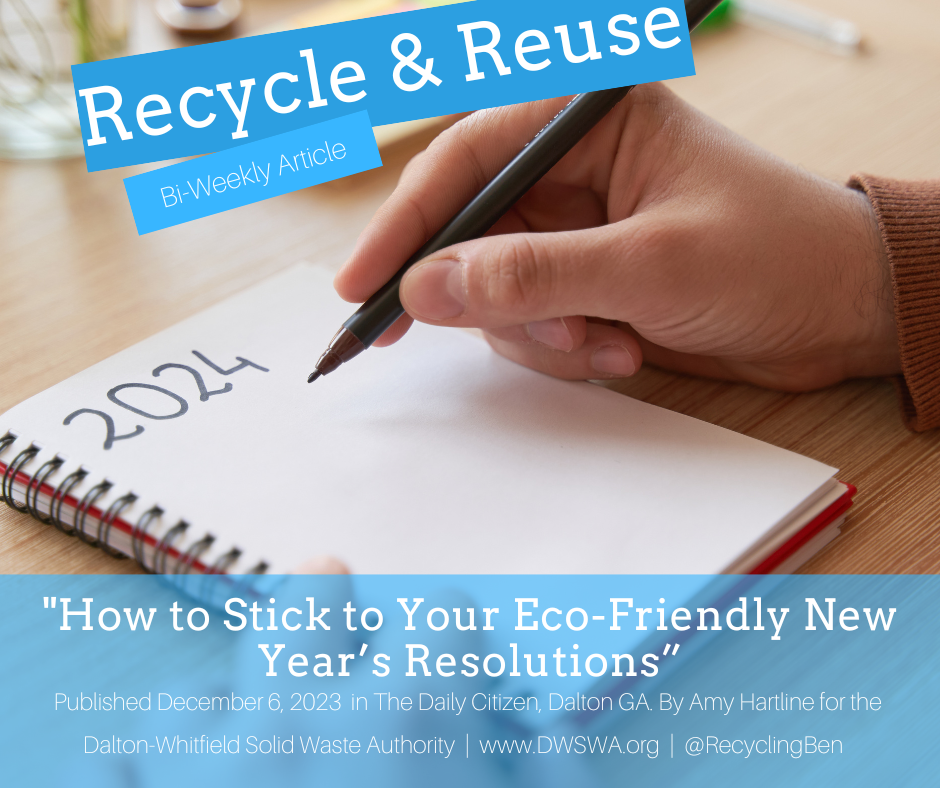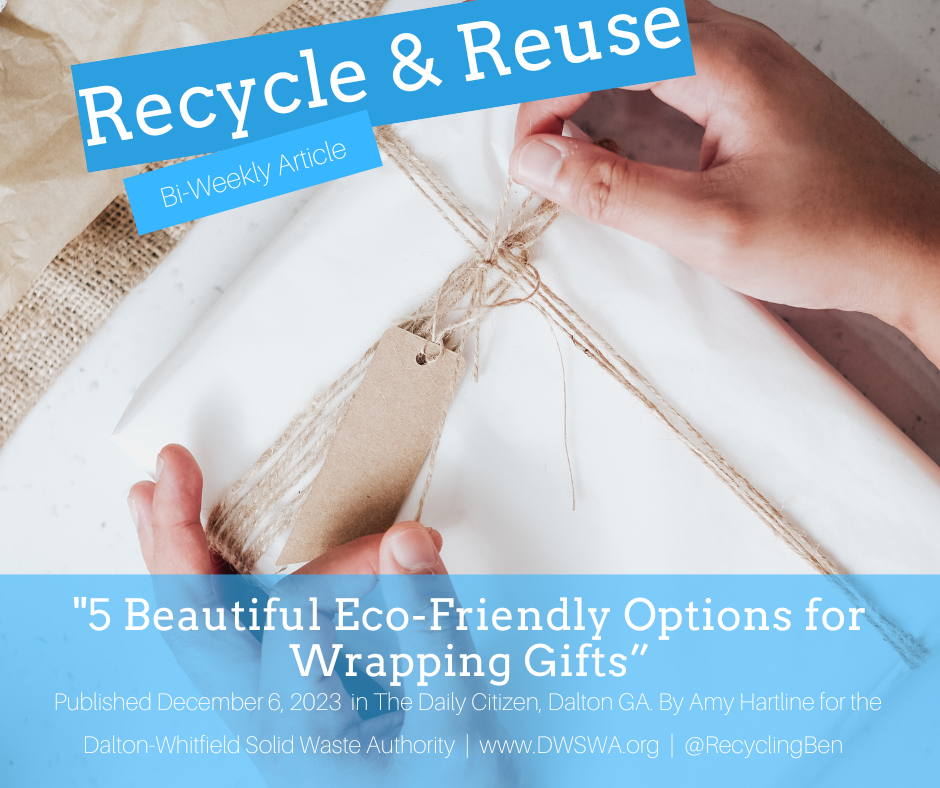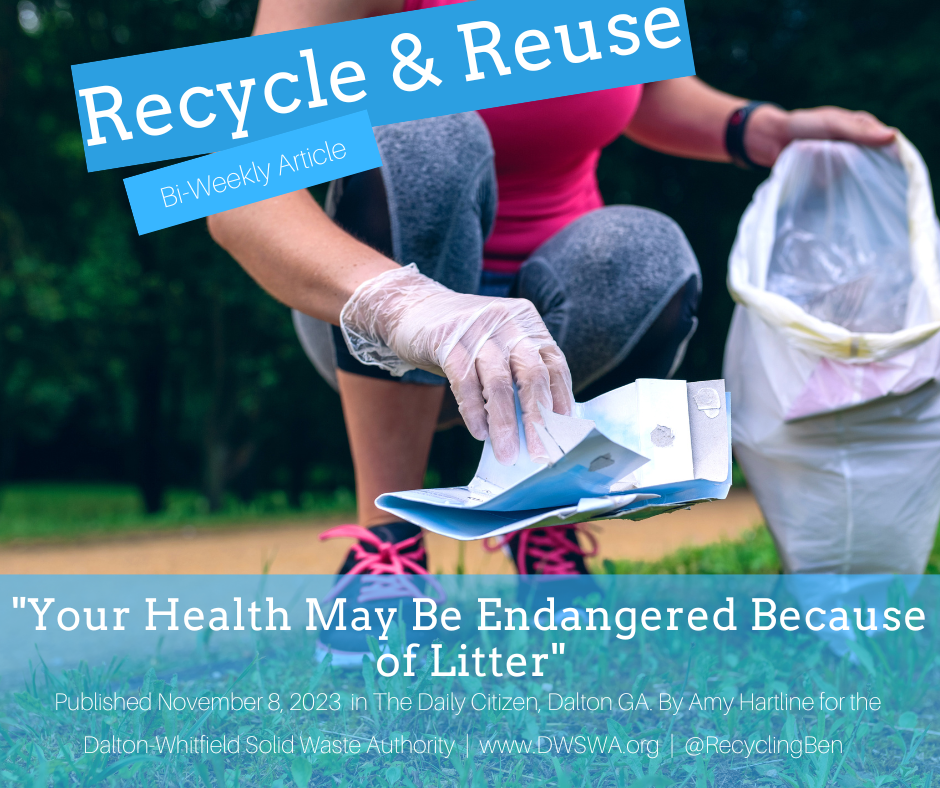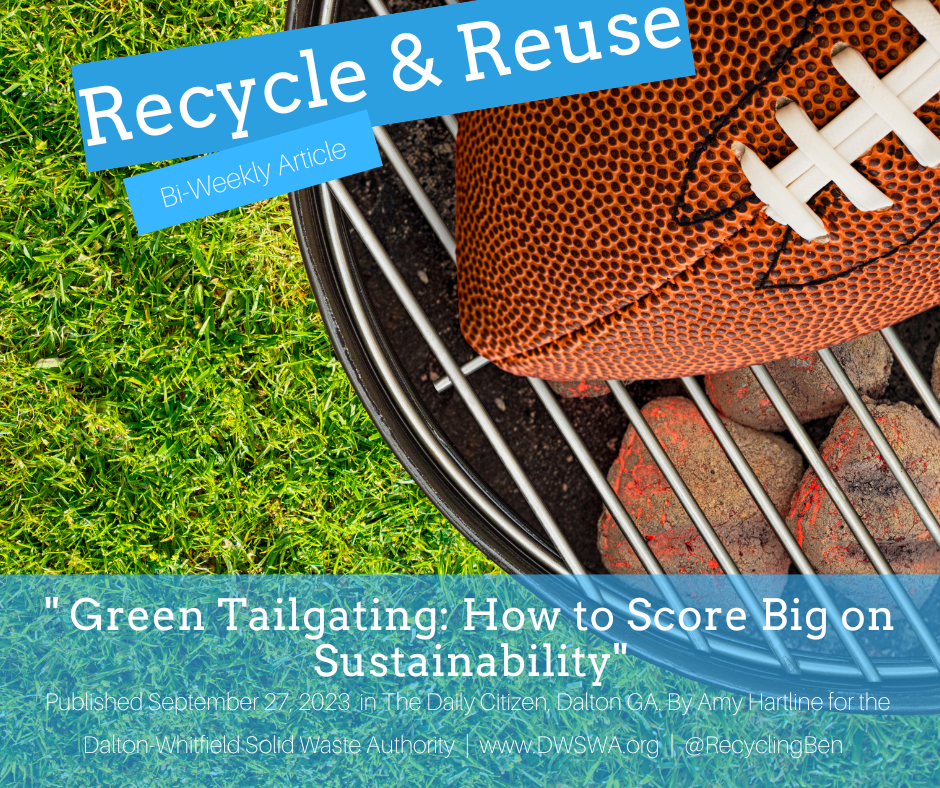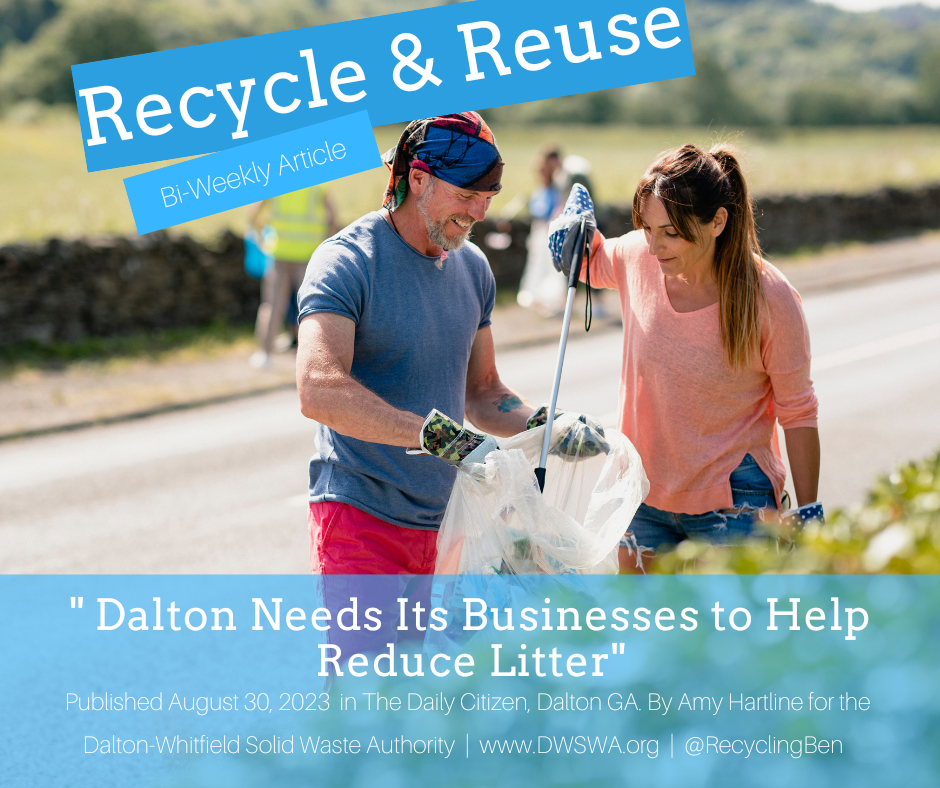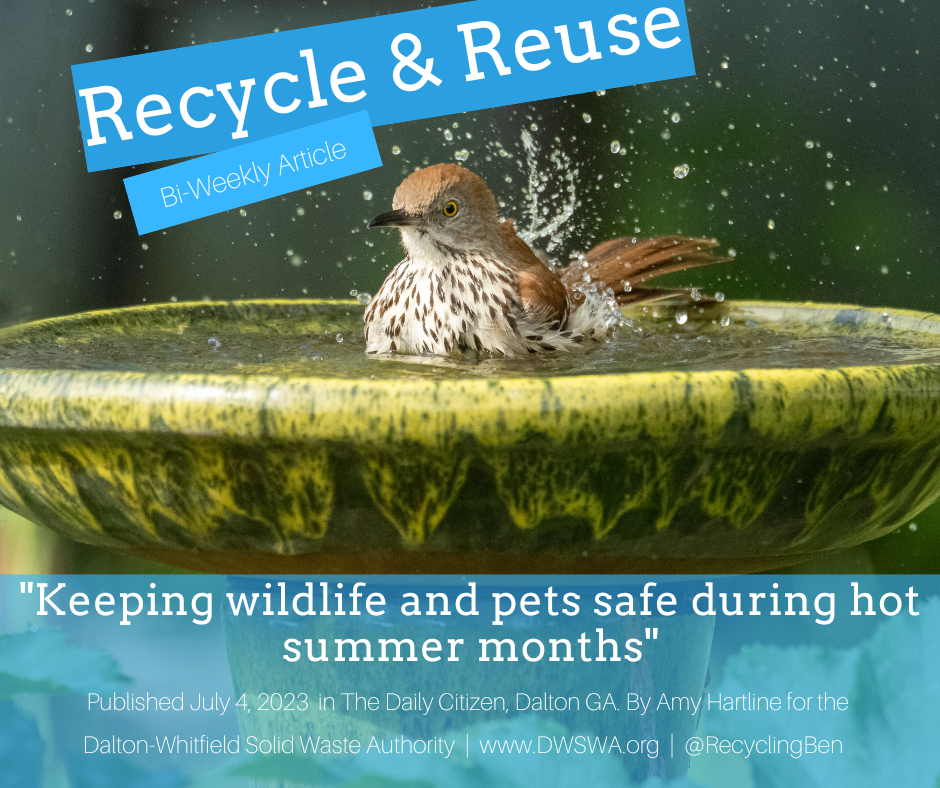Healthy Oceans, Healthy Planet
/Humpback whales are one of nearly 200,000 identified species that call the ocean home. However, the actual number of marine species may be in the millions.
Today is World Oceans Day, a global day of celebration established by The United Nations in 2008. According to the UN, “The world’s oceans – their temperature, chemistry, currents, and life – drive global systems that make the Earth habitable for humankind.” Oceans cover three-quarters of the surface of the planet and contain ninety-seven percent of the Earth’s water. Yet as much as forty percent of the world oceans are heavily affected by human activities like pollution, depleted fisheries, and loss of coastal habitats.
“Healthy oceans, healthy planet” is the theme for this year’s World Oceans Day bringing attention to how critical oceans are for sustaining life on Earth. Oceans, for example, are sometimes called the lungs of our planet since they provide most of the oxygen we breathe. Drinking water, rain water, weather, coastlines, food, and even climate are ultimately provided and regulated by the sea.
This year there is also a special emphasis on plastic pollution. Plastic in the ocean is not only a source of litter and pollution in general, it’s also a source of chemical pollution. Plastic degrades very slowly resulting in a pollution source that can last for decades. While some plastic can be visible to the naked eye in the form of small flakes or particles, there is also an invisible component to the pollution. Studies have found that while plastic is breaking down it is also leaching potentially toxic chemicals into the sea.
As plastic breaks down the particles can be mistaken for food by aquatic animals. Since fish is a source of protein for humans the plastic pollution the ocean can also pollute our bodies. According to a 2008 study by the Algalita Marine Research Foundation about forty-four percent of all seabirds eat plastic, and an estimated 267 marine species are affected by plastic garbage. Plastic is consumed by mistake, sometimes resulting in fatal effects.
Plastic products that pollute the ocean range from plastic bottles that were not properly disposed of, to nylon fishing nets lost at sea by fishermen. Plastic pollution then breaks down in the ocean becoming part of a toxic plastic soup churning in the gyres or it may be washed ashore landing on desolate beaches and populated coastlines alike. As much as forty percent of the world oceans are heavily affected by human activities, including pollution, depleted fisheries, and loss of coastal habitats.
During World Oceans Day it’s important to encourage each other to put trash in the right place. Garbage in the wrong place is called litter. When garbage is left on the ground it can easily end up in local waterways, many of which connect the north Georgia mountains to the ocean. Keeping the ocean healthy is as easy as preventing litter in the first place. There are plenty of garbage disposal and recycling drop-off sites available in the community, leaving little reason for a plastic bottle to end up anywhere other than a recycling bin.
Kids can celebrate World Oceans Day too by learning more about the ocean. Books like “I Can Save the Ocean!” by Alison Inches, and “All the Way to the Ocean” by Joel Harper are great introductions even for lower elementary students. Visit www.worldoceansday.org/octonauts to download the free resource kit from the Octonauts TV and book series for kids. The kit includes printable coloring sheets, poster, and a scavenger hunt game.
Another fun way to celebrate the ocean is by making a craft from recyclable materials. Cut a V-shape into one end of a toilet paper tube and you have the beginnings of a shark’s mouth. Use the excess pieces of paperboard for a fin and tail, color or paint it gray, add some eyes and teeth and you’re done. Or turn a plastic fruit cup upside down and glue strips of color paper inside to create a jellyfish with long tentacles.
A plastic water bottle or a milk carton laid on its side are ideal for a small toy boat. Cut an opening at the top of the boat’s surface, then add a mast and sail made from drinking straws and scrap paper to complete the look. These really float and are fun to use in the bathtub or swimming pool. With a little creativity and paint, a plain paper plate can become a seashell or fish. The more kids learn the better prepared they will be to help keep the ocean healthy too.
